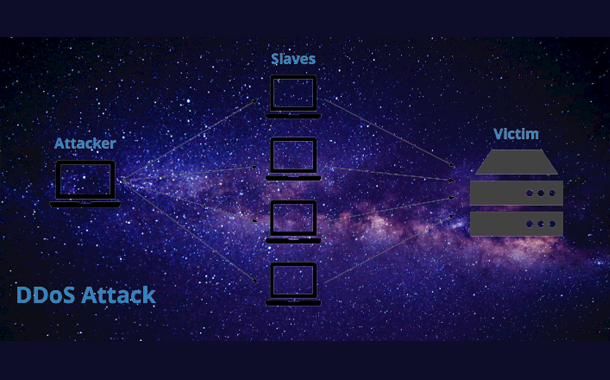The key metrics from the 2H 2021 NETSCOUT Threat Intelligence Report India reveals that the second half of 2021 has seen a surge in cyberattacks. The period has seen a new focus by adversaries, who launched direct-path (non-spoofed) DDoS attacks using botnets and TCP-based floods. This coincided with a drop in DNS and CLDAP amplification, resulting in a decrease in attacks across most countries and regions. The turning point for this decline occurred just before Omicron was discovered, as COVID-19 restrictions were easing and people began returning to physical offices and classrooms. With less time to engage in malicious activity resulting in fewer DDoS attacks, threat actors certainly lend credence to the proverb that idle hands are the devil’s workshop.
Adversaries launched more than 9.7 million DDoS attacks in 2021, just 3% shy of the record-breaking 10 million seen in 2020 and a whopping 14% more than seen pre-pandemic in 2019. So although it’s tempting to simply look at the decrease in overall attacks as threat actors resting on their laurels, the reality is that attackers are innovating and adapting new techniques and methodologies to strengthen and monetize their nefarious behavior.



